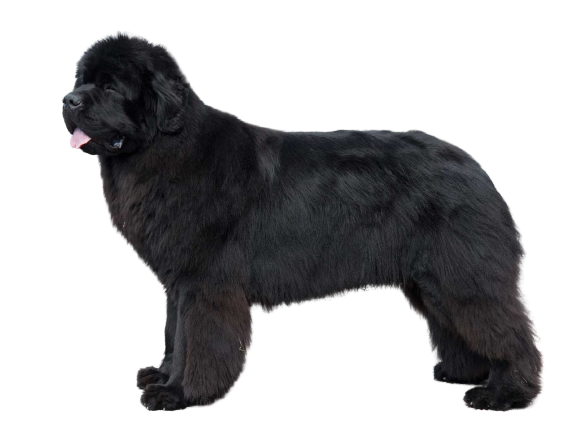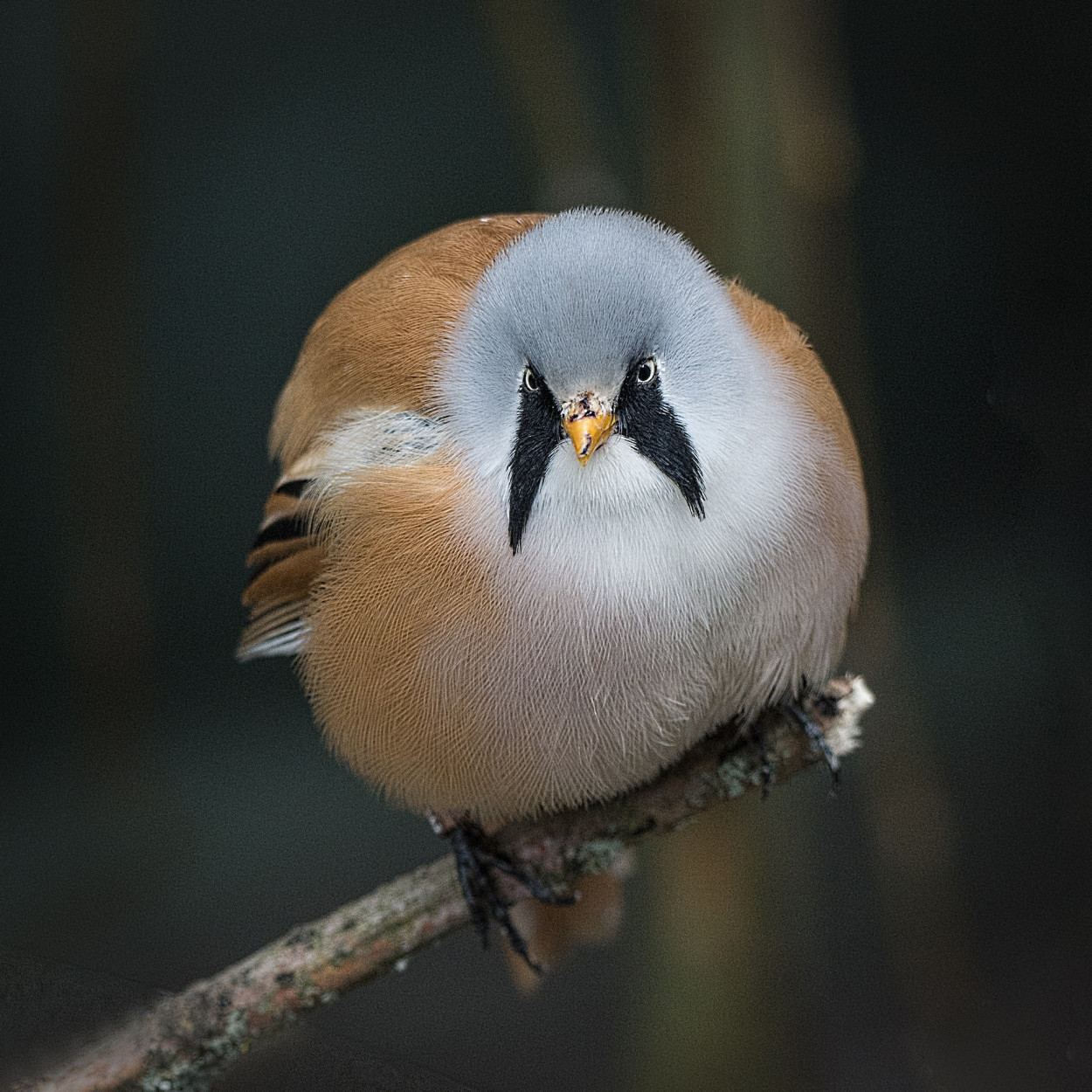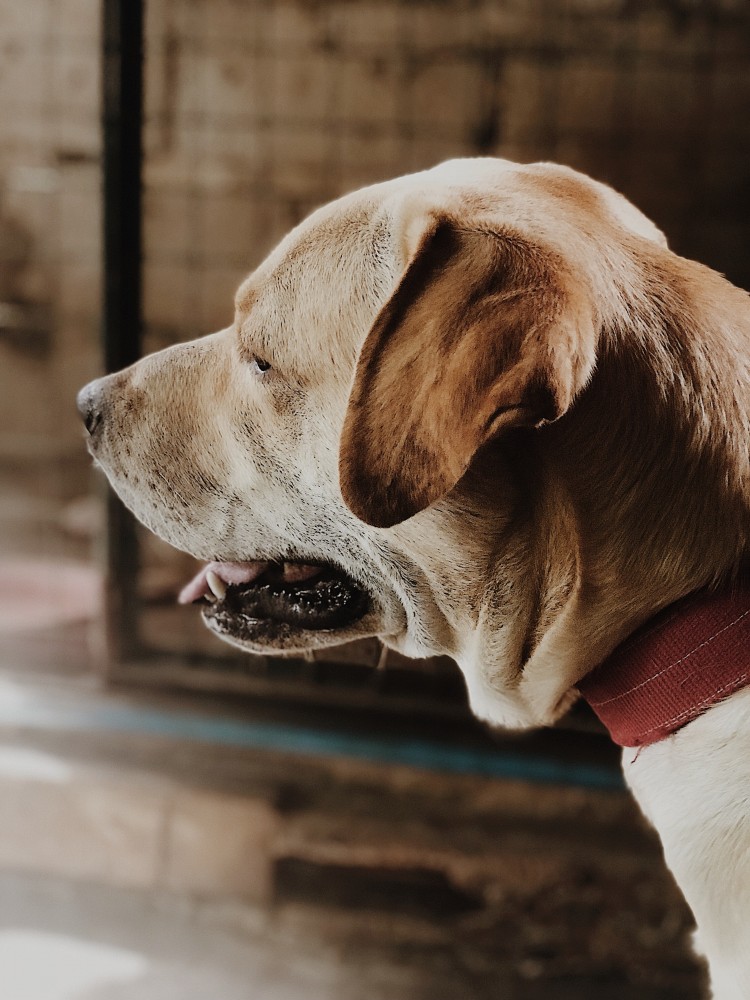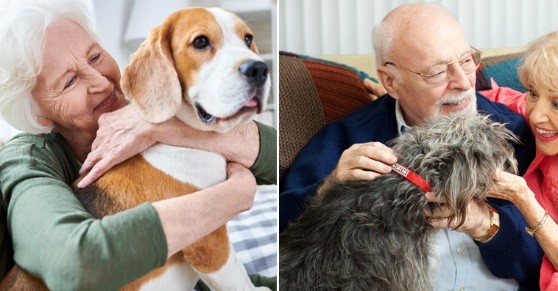
Newfoundland
USD $1500-$2000 Price Avg.
Working Dogs
Group
Purebred
Breed Type
Giant
Size
9-12 years
Lifespan
Breed Information
| Group | Working Dogs |
|---|---|
| Popularity/Rank | 36 |
| Origin | Canada |
| Other Names | Blackbear, Newf, Newfie, The Gentle Giant |
| Breed Type | Purebred |
| Price (Avg.) |
USD $1500-$2000
How much does it cost to buy a Newfoundland? Newfoundland are usually priced differently from breeder to breeder and from place to place. As a rough guide, you can expect to pay between $1500 to $2000 if you purchase your dog from a reputable breeder. The price will increase if the dog has a fantastic pedigree. Dogs that already have basic training maybe even more expensive. But, most Newfoundlands can be adopted through a shelter for a lower fee. |
| Size | Giant |
| Weight |
Male: 130-150 pounds (59-68 kg),
Female: 100-120 pounds (45-54 kg) |
| Height |
Male: 27-29 inches (69-74 cm),
Female: 25-27 inches (63-69 cm) |
| Lifespan | 9-12 years |
| Recognized by |
AKC, FCI
The American Kennel Club in 1886 as a Working breed. And FCI in the Pinscher and Schnauzer - Molossoid and Swiss Mountain and Cattledogs group, in the Molossian type s |
| Purpose | all-purpose water dog and fishing aid, draft |
| Date of Origin | 1700s |
| Ancestry | Tibetan mastiff |
Appearance & Maintenance
| Coat | Fluffy, Thick, Waterproof |
|---|---|
| Coat Colors | Black, Brown, Gray, White |
| Grooming Level | |
| Shedding Level | |
| Eye Color Possibilities | Brown |
| Nose Color Possibilities | Black |
| Coat Color Possibilities | Black, Brindle, Brown, Cream, Gray, Pied |
| Coat Length | Large |
| Coat Density | Dense |
| Coat Texture | Wavy |
| Recommended Brushes | Deshedder, Nail Clipper, Pin Brush, Slicker Brush |
| Brushing Frequency | Weekly |
Breed Characteristics
| Temperament | Brave, Cheerful, Courageous, Daring, Delicate, Entertaining, Gentle, Intelligent, Loyal, Social, Sweet |
|---|---|
| Intelligent | |
| Trainability | |
| Playfulness | |
| Sensitivity Level | |
| Affection Level | |
| Social Interaction Required | |
| Barking | |
| Watchdog Ability | |
| Territorial | |
| Biting Force | Low |
| Mouthiness | |
| Impulse to Wander or Roam | |
| Prey Drive | |
| Adaptability | |
| Tolerates Being Left Alone | |
| Fighting Dog | Not really |
Good & Friendly with
| Apartment Life Friendly | |
|---|---|
| Stranger Friendly | |
| Kid-Friendly | |
| Cat Friendly | |
| Dog Friendly | |
| Office Friendly | No |
| Senior Citizens Friendly | |
| Pet Friendly | |
| Friendly with First Time Owners | No |
| Service Dog | Yes |
| Therapy Dog | Not really |
| Detection, Sniffer or Security Dog | Not really |
| Search and Rescue Dog (SAR) | Yes |
| Boat Dog | Yes |
| Cart Pulling or Drafting Dog | Yes |
Health Elements
| Health Issues | |
|---|---|
| Health Problems | Addison's Disease, Bloat, Cancer, Cataracts, Cherry Eye, Cystinuria, Elbow Dysplasia, Epilepsy, Hip Dysplasia, Hypothyroidism, Subvalvular Aortic Stenosis |
| Hypoallergenic | No |
| Energy Level | |
| Exercise Required | |
| Sleeping Required | |
| Weight Gain Potential | |
| Weather & Climate | Prefers cold weather |
| Stinkiness | High |
| Drooling tendency | |
| Activity Level | Moderate |
| Rec. Walk Mileage Per Week | 15 miles |
| Minutes of Activity Per Day | 60 minutes |
Food & Costing
| Avg. Daily Food | 5 to 6 cups of high-quality dry food a day, divided into two meals. |
|---|---|
| Cups Per Day | 4 cups |
| Daily Cost | $3.00 - $3.40 |
| Monthly Cost | $90.00 - $102.00 |
Reproducibility
| Gestation Duration | 60-64 days |
|---|---|
| How often can the Newfoundland have a litter? | Once a year. |
| Litter Size | 4-12 puppies (Once a year.) |
Description
The Newfoundland dog is a large, strong breed of dog that originated in Newfoundland, Canada. They are known for their intelligence, loyalty, and gentle nature. The Newfoundland is a popular family pet due to its friendly and loving personality.
Appearance: The Newfoundland has a thick double coat that can be either black, brown or white in color. They have webbed feet which make them excellent swimmers and they have a strong muscular body with broad shoulders and chest. Their head is large with small ears that hang close to the head and their eyes are dark brown or black in color.
Lifespan, Size, Weight & Colors: The average lifespan of the Newfoundland is 10-12 years old and they can weigh anywhere from 100-150 pounds when fully grown. They typically stand between 24-28 inches tall at the shoulder when fully grown. As mentioned before they come in three colors; black, brown or white.
Personality: Newfoundlands are known for being loyal companions who love spending time with their families. They are intelligent dogs who learn quickly but can also be stubborn at times if not properly trained from an early age. Newfoundlands are also very protective of their families which makes them great guard dogs as well as family pets!
Friendliness: Newfoundlands get along well with other dogs as well as children and other animals if properly socialized from an early age. They tend to be very gentle around children but may become overprotective if not taught how to behave around them properly from an early age.
Temperament: Newfoundlands have a calm temperament which makes them great family pets but they can also be quite independent at times so it’s important to provide them with plenty of mental stimulation throughout the day to keep them happy and healthy!
Health: Newfoundlands are generally healthy dogs but like all breeds they may suffer from certain health issues such as hip dysplasia or eye problems so it’s important to keep up on regular vet visits for your pet!
Adaptability Level & Benefits of Owning One: Newfoundlands do best in homes where there is plenty of space for them to run around outside since they need lots of exercise throughout the day! They do well in apartments too provided there is enough space for daily walks or trips to the park for playtime! The benefits of owning one include having a loyal companion who loves spending time with you as well as providing protection should any danger arise!
History
The Newfoundland is a large, strong dog breed originally from the island of Newfoundland. They were bred for working hard in harsh conditions, and were used for tasks such as pulling nets and carts, and rescuing people from the water. The breed almost became extinct in the early 1900s, but was saved by a few dedicated breeders. Today, the Newfoundland is a popular family pet and is recognized by major kennel clubs around the world.
The Newfoundland's ancestry is unknown, but they are thought to be descended from dogs brought to Newfoundland by Portuguese fishermen in the 1500s. These dogs would have been crossbred with local dogs, resulting in a tough, working dog well-suited to the harsh conditions of Newfoundland. In 1824, English writer James Hogg described the "Newfoundland Dog" as being "black or very dark brown" with a "short thick coat". He also noted that they were good swimmers and had an "extraordinary attachment" to their masters.
The Newfoundland first became popular in England in the 1800s, where they were exhibited at dog shows and gained a reputation as loyal and gentle companions. They were also used as working dogs on English estates, where their size and strength came in handy for tasks such as pulling carts and carrying heavy loads. The breed almost became extinct in the early 1900s due to a combination of factors including World War I, which led to a decrease in demand for working dogs, and an outbreak of distemper that killed many Newfoundlands. Fortunately, a few dedicated breeders kept the breed alive, and today the Newfoundland is once again a popular family pet.







